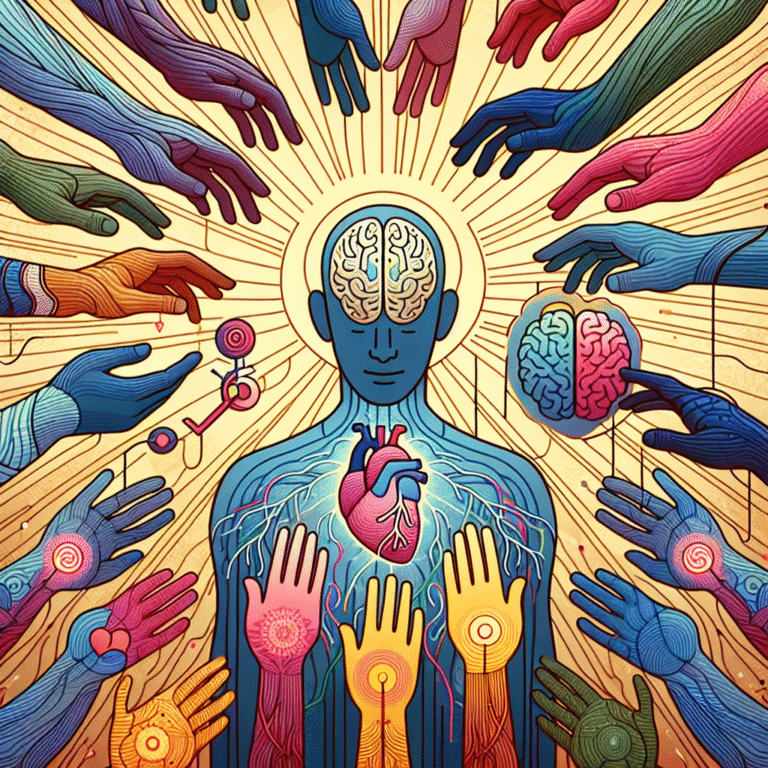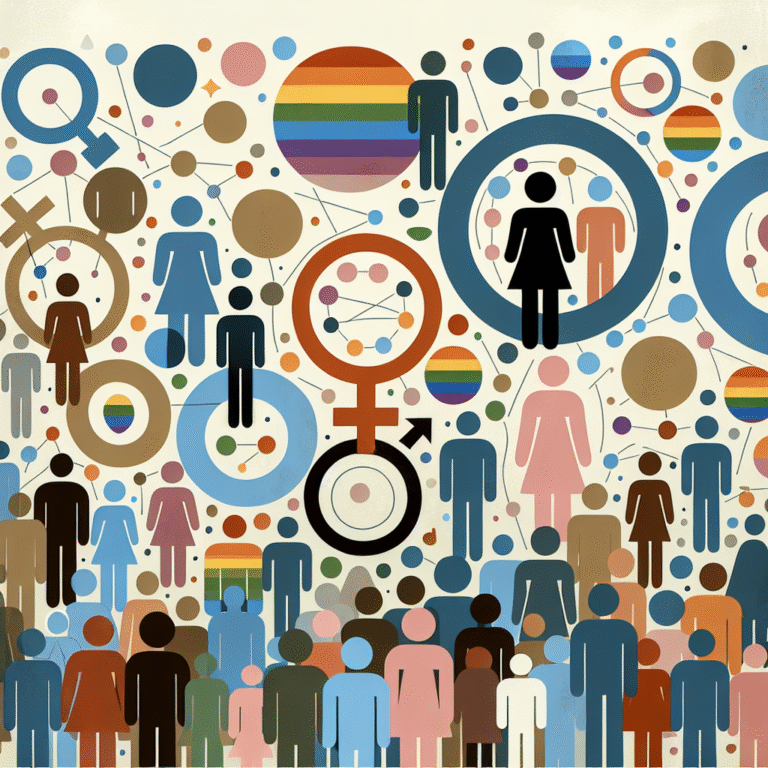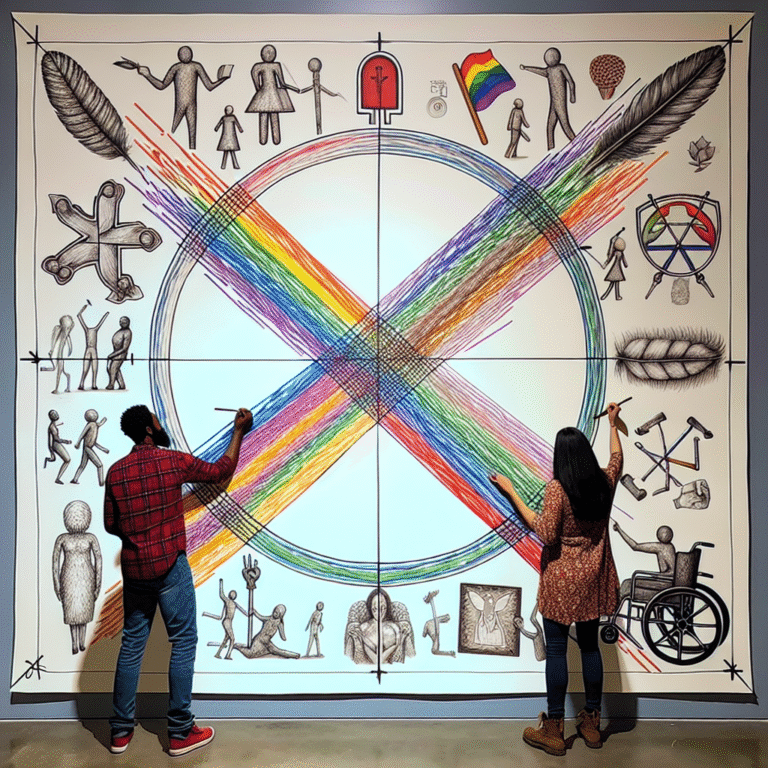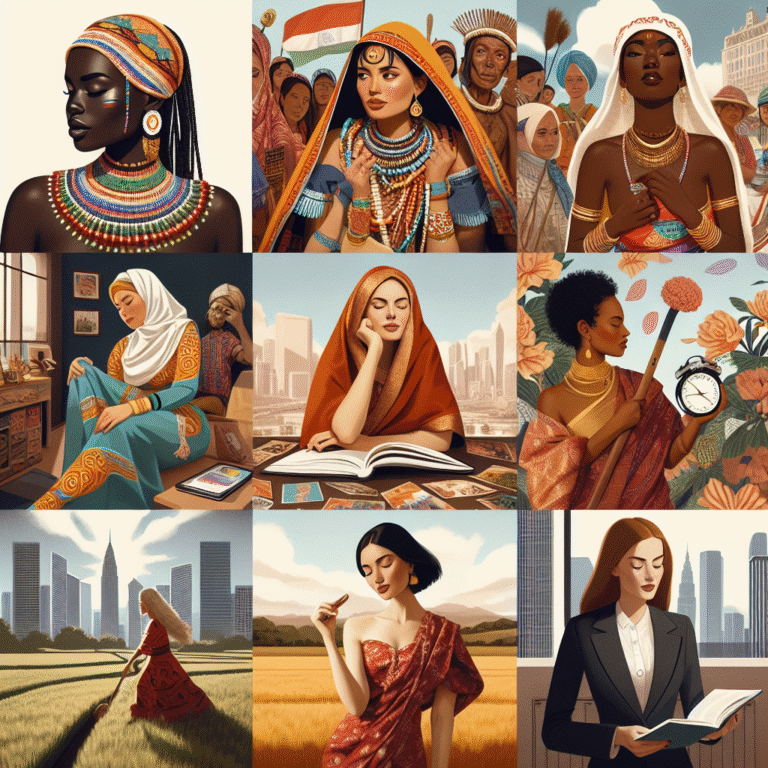
Introduction
Imagine a world where every child is free to explore their interests without being confined by gendered expectations. Picture a little boy painting his nails bright pink, while a girl joyfully constructs a model rocket. Such scenarios challenge the traditional perception of gender roles, shedding light on the issue at hand: The Pink and Blue Divide: Understanding the Impact of Gender Socialization in Childhood. In today’s complex social landscape, gender socialization profoundly impacts who children become, guiding their choices, preferences, and self-identities. This article will delve deep into how we can break down the barriers and inequalities that arise from this divide, offering insights and practical solutions for parents, educators, and society at large.
The Foundation of Gender Socialization
What is Gender Socialization?
Gender socialization refers to the processes by which individuals learn and internalize the societal norms and expectations related to their gender. From an early age, children are exposed to distinct messages regarding what it means to be a boy or a girl, often influenced by family, media, and peer interactions. These messages create a framework for behavior, interests, and aspirations.
The Role of Parents
Research has consistently shown that parents play a crucial role in the initial stages of gender socialization. Whether consciously or unconsciously, they often reflect and enforce cultural norms through their interactions with children.
- Case Study: Parental Influence on Play Preferences
In a study conducted by the University of Pennsylvania, researchers observed how parents of young children facilitated play activities. They found that parents often encouraged boys to engage in building and construction play, while girls were more frequently directed toward nurturing and domestic play. This discrepancy has long-term effects, influencing aspirations and interests in adulthood.
| Gender | Encouraged Activities |
|---|---|
| Boys | Building, Sports |
| Girls | Nurturing, Arts |
The Influence of Media
Media plays a significant role in shaping children’s perceptions of gender. From cartoons to advertisements, the portrayal of boys and girls often adheres to traditional stereotypes.
- Case Study: Disney Princesses
While Disney has made strides in recent years toward creating more independent female characters, classic princess narratives often reinforce the notion that a girl’s ultimate goal is romance. An analysis of the "Disney Princess" franchise showed that these characters were often depicted as passive, emphasizing beauty over intelligence, consequently impacting young girls’ aspirations and self-perception.
The Developmental Impact of Gender Socialization
Cognitive and Emotional Development
Children internalize gender norms during critical developmental stages, affecting their cognitive and emotional growth. For instance:
- Boys may be socialized to suppress emotions, leading to issues with emotional intelligence and communication.
- Girls often learn that their value lies in caregiving, which can lead to challenges in asserting themselves later in life.
Academic and Career Choices
The Pink and Blue Divide extends into academic and career choices as well. Social expectations can lead boys and girls to gravitate toward certain fields, limiting their opportunities.
- Case Study: STEM Fields
Girls have historically been underrepresented in Science, Technology, Engineering, and Mathematics (STEM) due to societal beliefs that these fields are best suited for boys. An intervention in Baltimore City schools, which aimed to promote STEM education among girls, demonstrated significant interest and accomplishment in science and math when barriers to engagement were removed.
Table: Gender Disparities in STEM Engagement
| Gender | Interest in STEM (Percentage) | Actual Participation |
|---|---|---|
| Boys | 80% | 60% |
| Girls | 30% | 20% |
Strategies for Parents and Educators
Encouraging Exploration
To counteract the limitations imposed by gender socialization, fostering an environment of exploration is essential.
- Provide Diverse Options: Stock toys and activities that reflect a range of interests—building blocks, art supplies, science kits, and dolls.
- Model Inclusive Behavior: Parents and educators should model behaviors that defy gender norms. For example, showing boys it’s okay to express their feelings or girls that they can be assertive leaders.
Promoting Critical Thinking
Encouraging children to question stereotypes can significantly alter their outlook on gender roles.
- Case Study: Critical Media Literacy
Programs designed to develop critical thinking skills regarding media consumption have shown promise. By analyzing media representations of gender, children learn to recognize stereotypes and challenge them, fostering a more nuanced understanding of identity.
The Role of Society and Culture
Community Involvement
Communities play an integral role in shaping children’s attitudes towards gender. Initiatives aimed at raising awareness and promoting inclusivity can produce significant changes.
- Case Study: Community-Based Gender Workshops
A series of workshops in schools focused on gender sensitivity resulted in improved interactions among peers and a reduction in bullying tied to gender expression. This evidence highlights how community initiatives can significantly impact children’s understanding of gender.
Policy Advocacy
Policies influencing education and parenting can further break down the Pink and Blue Divide. Advocacy for inclusive curricula and gender-neutral education policies is critical.
- Support for Gender-Neutral Toys: Advocacy for manufacturers to produce toys that offer non-gendered experiences.
- Inclusive Educational Materials: Ensuring that educational resources portray diverse gender identities and break stereotypes.
Conclusion
Understanding The Pink and Blue Divide: Understanding the Impact of Gender Socialization in Childhood is essential for creating a more inclusive and equitable society. By recognizing the influence of parents, media, and societal norms on children’s development, we can implement strategies that encourage exploration and critical thinking. Parents and educators are tasked with the responsibility of nurturing a new generation that sees beyond rigid gender definitions.
By challenging traditional narratives and advocating for change, we empower children to define themselves on their own terms rather than through the lens of societal expectations. Let’s take actionable steps today to dismantle this divide, ensuring every child is free to pursue their passions—untethered by outdated gender norms.
FAQs
1. How can I recognize gender socialization in my child?
Look for patterns in how your child’s interests or behaviors align with societal norms. Are they hesitating to explore certain activities due to fear of judgment? Open discussions can help.
2. What role does media play in gender socialization?
Media often reflects and reinforces societal norms. Children see repeated portrayals of gender roles which can shape their views about what is appropriate for their gender.
3. How can schools address gender bias?
Schools can incorporate inclusive curricula, promote non-gendered activities, and provide training for teachers on gender sensitivity.
4. What can I do as a parent to encourage gender-neutral play?
Offer a range of toys that are not gender-specific and encourage your child to explore diverse activities without stereotypes.
5. How do cultural differences impact gender socialization?
Cultural context heavily influences the expectations and norms surrounding gender roles. Understanding local customs can help tailor approaches for promoting gender inclusivity.
By becoming aware and actively engaging in dismantling the Pink and Blue Divide, we can contribute to a future where opportunities are not dictated by color but guided by individual passions and abilities.














